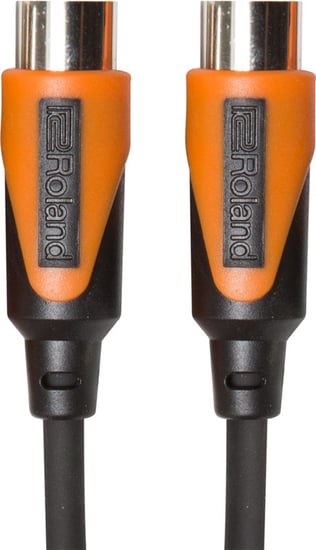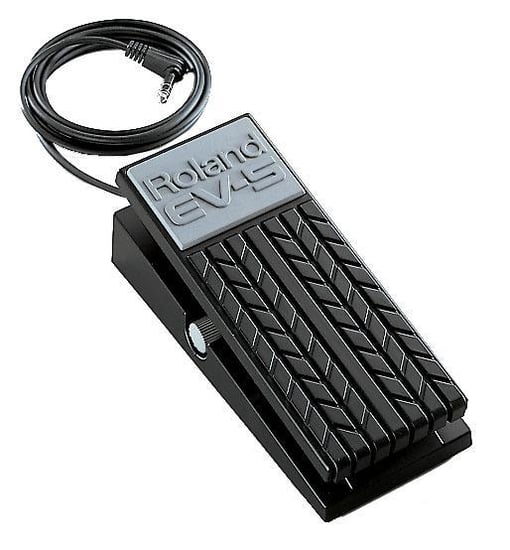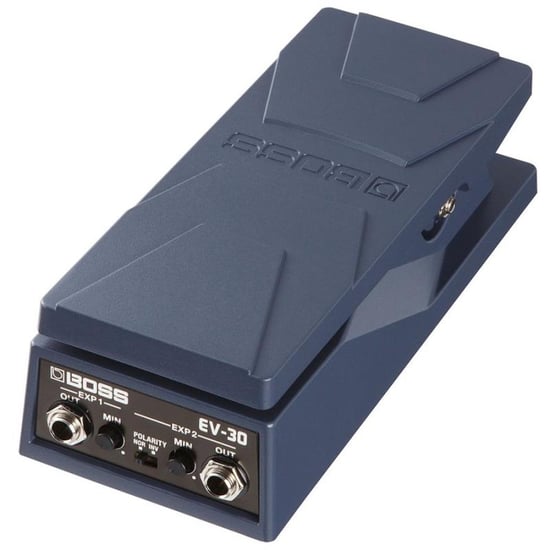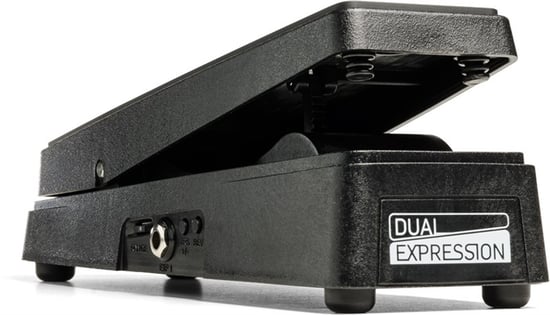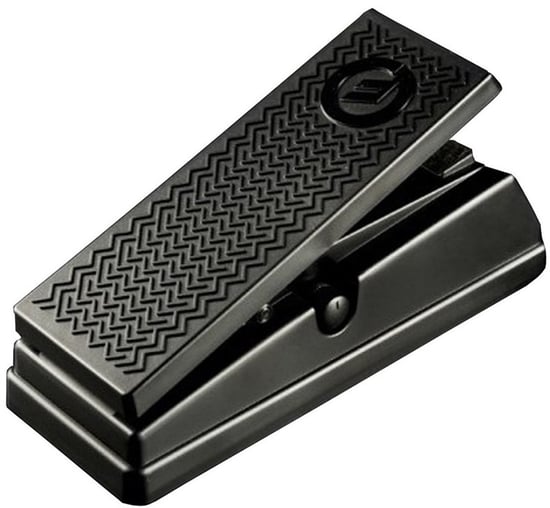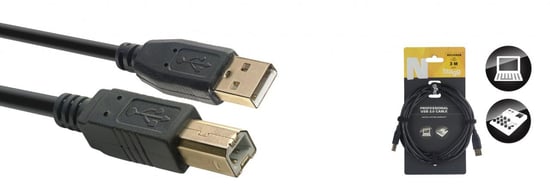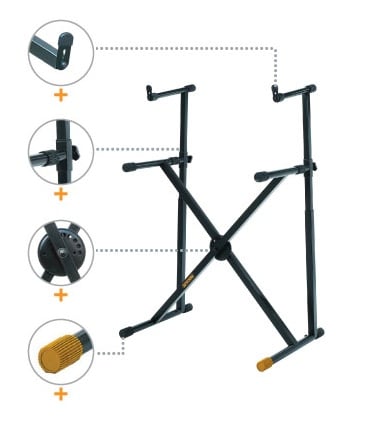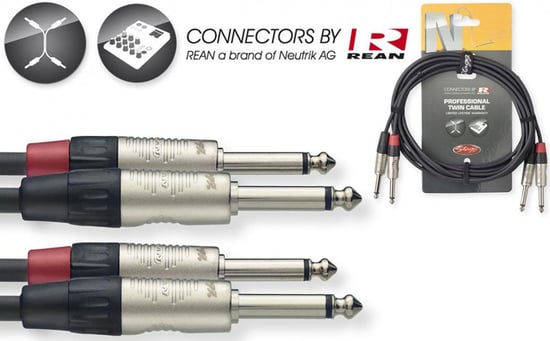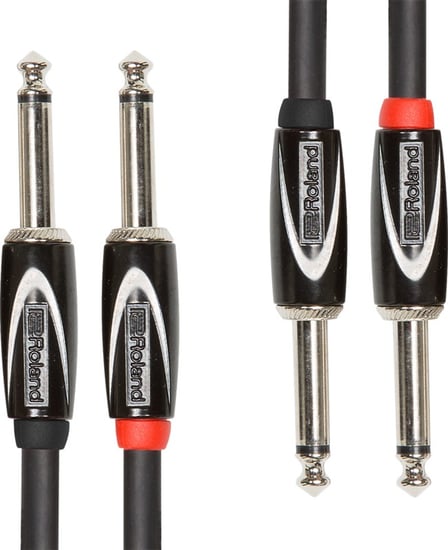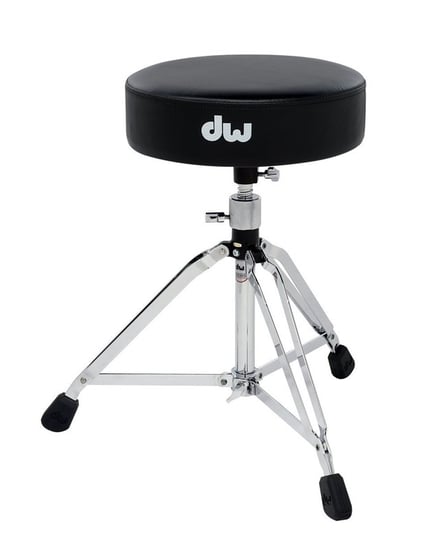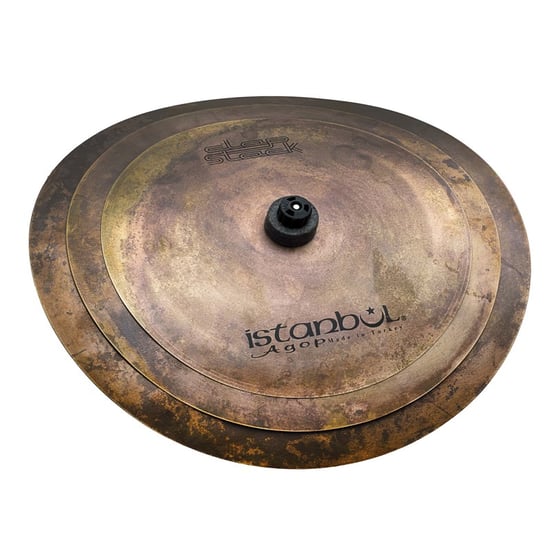Sequential OB-6 Synthesizer Keyboard Overview
The Sequential OB-6 is the result of an incredible collaboration between two synth legends - Dave Smith & Tom Oberherim. Featuring the lush state-variable SEM filter, warm analogue oscillators and that bold Oberheim tone, the OB-6 harnesses the best aspects of those vintage icons and infuses them with modern enhancements such as stereo panning and studio-quality effects.
Classic Oberheim Sound
At its core, the Sequential OB-6 Keyboard is a six-voice polyphonic analogue synthesizer and - like every other synth in their roster - it sounds incredible. Whilst it shares the effects and a similar form factor to the Prophet 6, it has a potent sonic character of its own and a sleek look that’s reminiscent of the OBXa. The result of an incendiary collaboration with fellow synth pioneer Tom Oberheim, the OB-6 Keyboard packs the unmistakable punch and enrapturing warmth that you’d expect from a synth with the “OB” moniker.
Top Quality Keybed
The OB-6 Keyboard features a high-quality semi-weighted Fatar keybed, with four-octaves, velocity and aftertouch. It’s the ideal option if you’re a performer that needs an all-in-one solution. If you need even greater portability, have limited space in your studio or primarily use an external controller, check out the Desktop version. If you need extra voices for big two-handed chords with long releases, you can hook up a Desktop module and engage the Poly Chain feature for more polyphony.
Expressive Performance Controls
The OB-6 Keyboard’s robust performance features are on hand when you need to inject expressivity into your playing. There’s backlit Pitch & Mod wheels, Glide, velocity-sensitivity, assignable After touch (which allows you to affect parameters such as LFO Amount by applying pressure to the keys), an arpeggiator (with various play modes) and a polyphonic step sequencer.
The step sequencer gives you up to 64 steps and you can program in rests/ties if you so choose. It’s great for when you want to quickly generate ideas and you can jam over the top using the spare voices.
The OB-6 Keyboard is a powerhouse analog synthesizer that more than lives up to the prestige of its creators. Sound-wise, there isn’t a hardware polysynth out there like it. Featuring a compact, robust form factor, an incredible sound and a well-designed interface that’s a joy to use, the Sequential OB-6 is an instrument that will inspire you for years to come.
<<Click here to learn more about the OB-6’s features!>>
- Two discrete VCOs per voice
- Continuously variable wave shape (sawtooth and variable-width pulse, plus triangle on oscillator 2) per oscillator
- Pulse width per oscillator
- Hard sync: oscillator 1 syncs to oscillator 2
- Square wave sub-octave generator (oscillator 1) per voice
- Low frequency mode (oscillator 2)
- Keyboard tracking on/off (oscillator 2)
- Oscillator detune amount for increased tuning instability, from subtle to extreme
- Oscillator 1 amount
- Oscillator 1 sub-octave amount
- Oscillator 2 amount
- White noise amount
- Two-pole, resonant, filter per voice with low-pass, high-pass, band-pass, and notch functionality inspired by the original Oberheim SEM filter
- Bi-polar filter envelope amount
- Velocity modulation of envelope amount
- Keyboard tracking: off, half, full
- Four-stage (ADSR) envelope generator
- Velocity modulation of envelope amount
- Four-stage (ADSR) envelope generator
- Velocity modulation of envelope amount
- Five wave shapes: sine, sawtooth, reverse sawtooth, square, and random (sample and hold)
- Clock sync (internal or external MIDI clock)
- Initial amount
- Mod destinations: oscillator 1 frequency, oscillator 2 frequency, oscillator 1 and 2 pulse width, filter cutoff, filter mode, amp
- Sources: filter envelope (bi-polar) and oscillator 2 (bi-polar)
- Destinations: oscillator 1 frequency, oscillator 1 shape, oscillator 1 pulse width, filter cutoff, filter mode, normal to bandpass filter
- Source: channel (mono) aftertouch with bi-polar amount
- Destinations: oscillator 1 frequency, oscillator 2 frequency, LFO amount, amplifier envelope amount, filter envelope amount, filter mode
- Master clock with tap tempo
- BPM control and display
- MIDI clock sync
- Selectable note value: 16th note, 8th note triplet, 8th note, dotted 8th note, quarter note
- One, two, or three octave range
- Up, down, up/down, random, and assign modes
- Polyphonic step sequencer with up to 64 steps and rests
- Stereo analog distortion
- Dual, 24-bit, 48 kHz digital effects, including: reverb (room, hall, plate, spring), delay (full bandwidth digital delay and emulated bucket brigade), chorus, flanger, phase shifters, and ring modulator
- Delay sync
- True bypass maintains fully analog signal path when digital effects are off
- Full-sized, semi-weighted, 4-octave keyboard with velocity and aftertouch
- Backlit pitch and mod wheels
- Spring-loaded pitch wheel with selectable range per program (1 to 12 semitones up and down)
- Transpose controls for an 8-octave range
- Hold switch latches held notes on
- Polyphonic portamento
- Unison (monophonic) mode with configurable voice count, from one to all six voices, chord memory, and key modes
- Manual switch: when on, the front panel is live; what you see is what you hear
- 500 user and 500 factory programs in 10 banks of 100 programs each
- Direct program access, including single-button access to the current set of 10 programs
- Left/mono and right audio outputs (2 x 1/4” phone jack)
- Headphone output (stereo, 1/4” phone jack)
- MIDI in, out, and thru ports
- USB for bidirectional MIDI communication
- Filter cutoff expression pedal input
- Volume expression pedal input
- Sustain footswitch input
- Sequencer start/stop footswitch input
- IEC AC power inlet for internal power supply
- Operates worldwide on voltages between 100 and 240 volts at 50 to 60 Hz; 30 watts maximum power consumption
- 31.8” L x 12.7” W x 4.6″ H (80.7 cm x 32.3 cm x 11.7 cm)
- 20 lbs (9.5 kg)
- Walnut end panels














